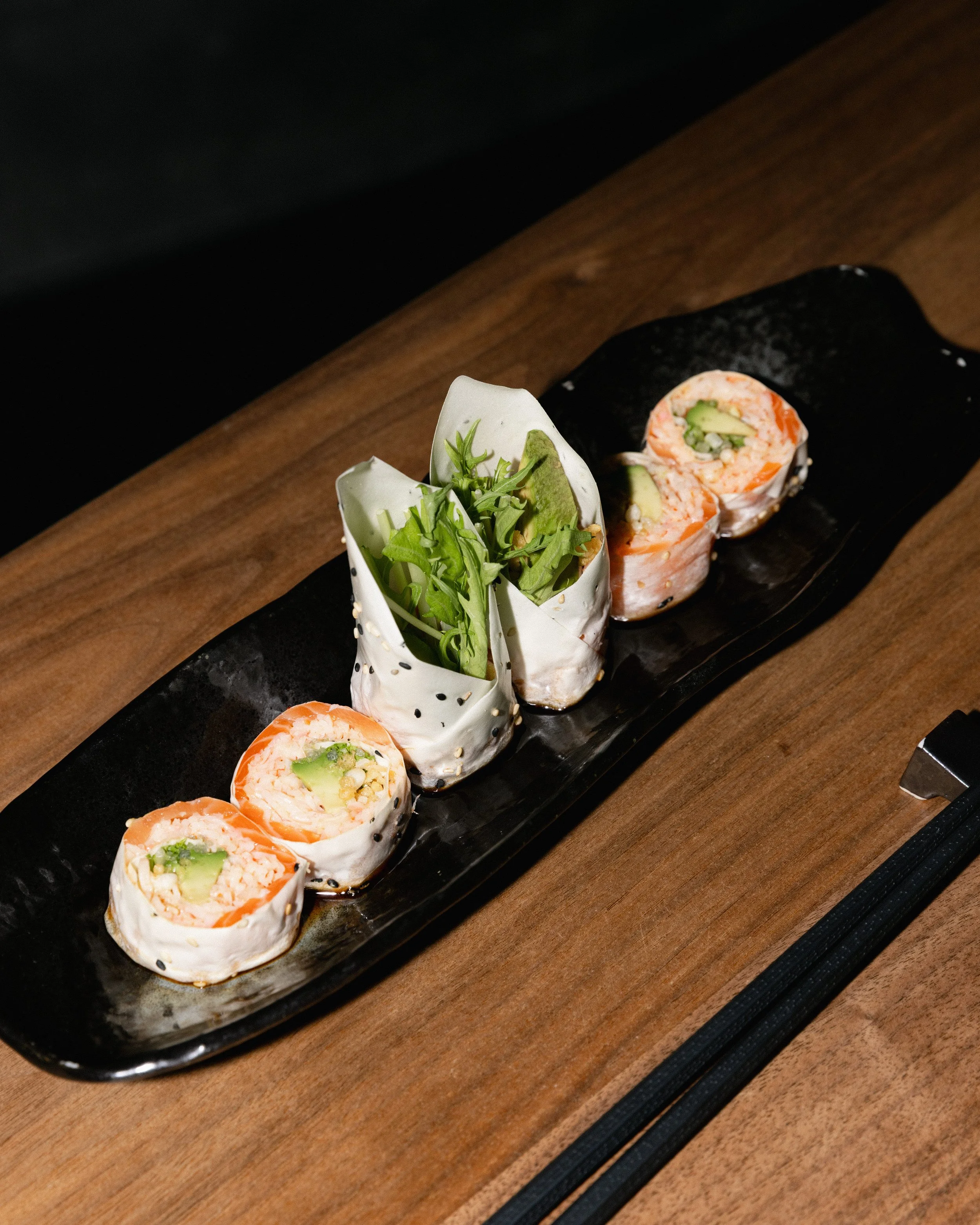What Makes Authentic Japanese Cuisine? A Journey Through Traditional Flavors
When you step into a truly authentic Japanese restaurant, you're not just ordering dinner—you're experiencing centuries of culinary tradition. At RYU Sushi, we honor these time-tested techniques while bringing the vibrant flavors of Japan to your table.
The Five Pillars of Japanese Cooking
Japanese cuisine is built on a foundation of balance and respect for ingredients. Here's what sets authentic Japanese restaurants apart:
1. Seasonality (Shun)
The best Japanese chefs work with what's fresh and in season. Our menu changes throughout the year to showcase ingredients at their peak—like fatty toro in winter or delicate bamboo shoots in spring. This isn't just tradition; it's how you get the most flavorful, highest-quality dishes.
2. The Art of Umami
That savory, satisfying depth you taste in miso soup or a perfectly grilled teriyaki? That's umami—the fifth taste. We build umami naturally through fermented ingredients like soy sauce, miso, and kombu seaweed. No shortcuts, no artificial flavoring.
3. Precision in Preparation
Sushi rice isn't just rice. It takes years to master the perfect seasoning, temperature, and texture. Each piece of nigiri is shaped by hand with exact pressure. Every cut of sashimi follows the grain of the fish. These details matter.
4. Visual Harmony
In Japanese culture, we eat with our eyes first. Each dish is thoughtfully plated to reflect the season and create visual balance. The colors, shapes, and even the choice of plate all contribute to your dining experience.
5. Respect for Ingredients
When you source quality fish and produce, you don't need to hide it under heavy sauces. Our approach is simple: start with the best ingredients, prepare them with skill, and let their natural flavors shine.
What to Look for in a Japanese Restaurant
Not sure if you're getting the real deal? Here are signs of an authentic Japanese dining experience:
Fresh fish with clear eyes and firm texture - If the fish looks dull or smells "fishy," it's not fresh enough
Rice served at body temperature - Proper sushi rice should be warm, not cold from the fridge
Seasonal specials - Menus that change show the chef is working with fresh, in-season ingredients
Minimal ingredients, maximum flavor - Authentic Japanese cuisine doesn't need 10 ingredients per dish
Trained sushi chefs - Look for chefs who've completed years of apprenticeship
The RYU Sushi Difference
Our commitment goes beyond serving great food. We source our fish from trusted suppliers who practice sustainable fishing. Our chefs trained in traditional Japanese techniques. And we maintain the highest standards for freshness—if it's not perfect, it doesn't go on your plate.
Whether you're craving a classic California roll or want to explore seasonal omakase, we're here to guide you through an authentic Japanese dining experience.
Ready to taste the difference? Reserve your table today and discover why Japanese cuisine is about more than just sushi—it's about respect, tradition, and the perfect bite.




